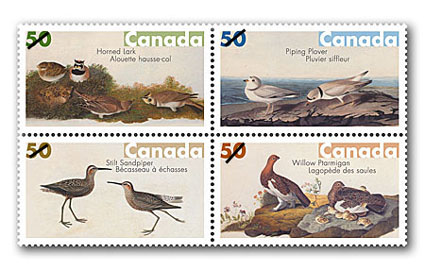On Dec. 29, a total of 76 species of birds were seen and heard in the area by the count's 21 participants. The annual count covered a circle 24 kilometres in diameter, ending with Stamp Falls Provincial Park to the north and China Creek Marina to the south. Working in groups led by experienced birders, participants recorded 6,537 over the day — nearly half the average number of birds seen and heard in past years. "Last year was low as well — we got 8,345," said bird count organizer Sandy McRuer. Information on the numbers of species and birds recorded will be combined with the distances the bird counters travelled on Dec. 29, producing an overall indication of what birds were in the area at the end of December. "You can divide the number of birds seen into the number of hours spent doing it," McRuer said. "You can come up with a relative estimate compared to other years and compared to other count circles around North America." Along with other bird counts conducted from Dec. 14 to Jan. 5, this formula will be worked out by Bird Studies Canada and the U.S.-based National Audubon Society to determine an overall picture of the health of birds. The low number of species recently recorded in the region falls in line with an overall decline in birds on the West Coast over the last 40 years, according to a study released in 2012 by Bird Studies Canada.
The State of Canada's Birds Report pointed out that the number of species living on the Pacific coast has fallen by 35 per cent since 1973. The national bird monitoring organization cites expanding forestry operations, agriculture and growing development along the west coast as factors that have infringed upon bird habitats. "Coastal old-growth forests take hundreds of years to regrow after logging and are still being logged much faster than they can be replaced," stated the report. "Some remaining forest habitat is fragmented into small, isolated patches and degraded." McRuer said forestry could be a reason for the low bird count, as could a warm, relatively dry year in 2013 and an increase in feral cats in the area. "There has been an awful lot of logging in the Alberni Valley," he said. "Second-growth harvesting, which has proceeded very rapidly. That may be part of the answer." But the bird count was not completely negative for the Alberni Valley's birds. More hawks, eagles and falcons were reported than usual. For the first time, a western screech owl was detected during the count. The owl has been in a steep decline on Vancouver Island, and is classified as at risk according the national Species at Risk Act. "It wasn't seen, it was heard," McRuer said of the owl's highpitched call. "In the birding world, lots and lots of birds are heard but not seen."
- See more at: http://www.timescolonist.com/alberni-valley-s-annual-bird-count-reveals…

- Login om te reageren
